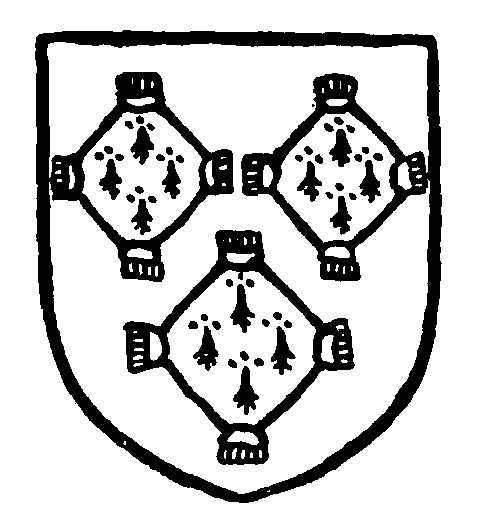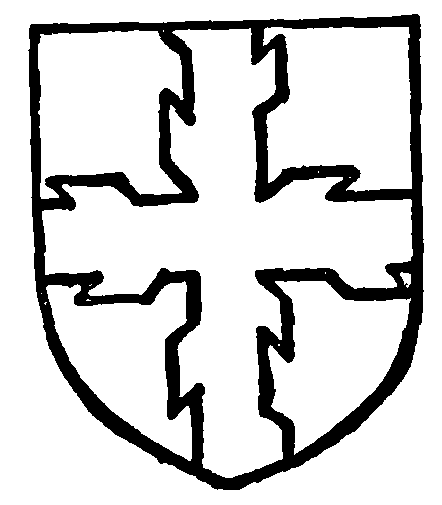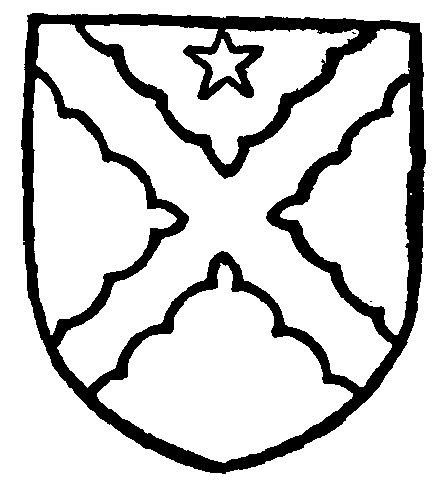A History of the County of Lancaster: Volume 8. Originally published by Victoria County History, London, 1914.
This free content was digitised by double rekeying. All rights reserved.
'Townships: Yealand Redmayne', in A History of the County of Lancaster: Volume 8, (London, 1914) pp. 175-177. British History Online https://www.british-history.ac.uk/vch/lancs/vol8/pp175-177 [accessed 11 April 2024]
In this section
YEALAND REDMAYNE
Jalant, Dom. Bk.; Hielande, 1202; Hieland, 1207; Yeland, 1208; Yelaund, Yelaunde, 1276.
The configuration of this northern half of Yealand may be described as quarterly. In the north-east and south-west are low-lying level tracts called White Moss and Storrs Moss respectively; in the pass between them is Yealand Storrs. Hilderstone is on a slightly higher piece of land to the east of White Moss. The south-eastern part is occupied by the northern spur of the ridge which begins at Warton Crag; near the foot of its eastern slope is the village of Yealand Redmayne. The north-western portion, the largest in area, is also hilly; Gatebarrow New Park occupies the extreme corner. The northern boundary is formed by Leighton Beck, on which stands Brackenthwaite. The area of the township is 2,135½ acres, (fn. 1) and in 1901 it had a population of 191.
The north road from Lancaster to Kendal passes through the eastern part of the township. Through the village another road goes north and north-west, by Brackenthwaite, to Arnside; at Leyland Storrs it is joined by a road from Silverdale. The London and North-Western Railway Company's main line passes through near the eastern boundary. The Lancaster and Kendal Canal is near it.
A furnace and forge were established at the beginning of the 18th century by the proprietors of the Furness Iron Works, the ore being conveyed by coasters. (fn. 2) An embankment was formed in 1840 for the protection of the moss from the sea.
The hamlet of Yealand Storrs was famous for plums. (fn. 3)
The township has a parish council.
The celebrity of the place is Richard Hubberthorn, born in 1628. He served as an officer in the Parliament's army in the Civil War, but then became a friend of George Fox and adopted his religious views. He had a controversy with Dr. Sherlock, chaplain of Borwick. He died in Newgate in 1662. (fn. 4)
Manor
The manor of YEALAND REDMAYNE was the result of a partition of Yealand made probably by William de Lancaster I in the time of Henry II. (fn. 5) The moiety of Silverdale granted to Cartmel Priory by Henry de Redmayne was probably included in it at first. To Norman de Yealand the same William granted Levens in Westmorland, (fn. 6) and his son Henry adopted the surname Redman or Redmayne. (fn. 7) The family is mainly connected with Westmorland. Henry gave land near Hilderstone to Cockersand Abbey about 1200, (fn. 8) and was succeeded by a son Matthew, (fn. 9) who in 1242 held part of Yealand of William de Lancaster III, (fn. 10) and in 1246–8 acted as Sheriff of Lancashire. (fn. 11) On the partition of the Lancaster inheritance about that time Yealand Redmayne was assigned to Lindsay, and so in the end reverted to the duchy. (fn. 12) Sir Matthew was followed by his son Henry, (fn. 13) who in 1267 obtained a grant of free warren in his demesne lands of Levens, Yealand and Trenterne. (fn. 14) He had a son Matthew, (fn. 15) whose son Adam received Yealand (fn. 16) and in 1327 obtained a grant of free warren in his demesne of Yealand Redmayne. (fn. 17)

Redmayne. Gules three cushions ermine tasselled or.
Adam de Redmayne had a son John, who died without issue, and daughters Elizabeth and Margaret, between whom the manor was divided. (fn. 18) The former married Roger de Croft of Durslet in Dalton, and her share descended to the Lawrences of Yealand as shown below; Margaret married John Boteler of Marton in the Fylde, (fn. 19) and her daughter Ellen carried this part of the manor to Nicholas de Croft of Dalton on her marriage to him in 1388–9. (fn. 20) On the partition of the Croft manors it was included in the Middleton share. (fn. 21) From that time there appear to have been two manors called Yealand Redmayne.
Edmund brother of John Lawrence (fn. 22) died in 1510 (sic) holding the manor of Yealand Redmayne of the king as duke as of his manor of Warton by the sixth part of a knight's fee. Joan his daughter and heir, then thirtytwo years of age, married Thomas Lathom, and at her death in 1509 was followed by her son Thomas, who did not long survive. (fn. 23) Thomas Lathom, the husband, retained possession till his death in 1515. Joan's next heir was a niece Agnes wife of William Preston, as daughter of her sister Elizabeth; but the heir male was a cousin Lancelot Lawrence, son of Edmund's brother Robert, and he was thirty years old in 1515. (fn. 24)

Lawrence. Argent a cross raguly gules.
Lancelot Lawrence died in 1 5 34 holding the manor of Yealand Redmayne by the sixth part of a knight's fee and various other messuages and lands in Warton, Silverdale and other places. (fn. 25) His heir was a son Thomas, aged thirteen, whose wardship was in 1538 given to Thomas Haydock. (fn. 26) The heir died in 1541, and was succeeded by his brother Robert, also a minor. (fn. 27) Robert died in 1555, (fn. 28) and was followed by a daughter Anne, then ten years old. (fn. 29) She married Walter Sydenham, (fn. 30) and in 1566 they sold the manor, with messuages, windmill, dovecote, &c., and lands in various townships, to George Middleton, (fn. 31) who thus became lord of the whole manor, as well as of Yealand Conyers and Leighton. Nevertheless the Lawrence and Croft portions continued to be regarded as separate manors, and were named Yealand Redmayne and Yealand Storrs. The Yealand Hall (fn. 32) estate, perhaps representing the Storrs demesne, appears to have been purchased from the Towneleys by Thomas Rawlinson, who died in 1802. It was afterwards sold to John Bond of Lancaster, whose representatives in or about 1851 sold it to the late R. T. Gillow of Leighton. (fn. 33)
There is little separate record of STORRS. (fn. 34) It was in 1558 in the hands of Oliver Middleton, (fn. 35) and was afterwards held by the Middletons of Leighton. (fn. 36)
As already related, Hilderstone was given to the canons of Cockersand in the time of Henry II or Richard I. (fn. 37) It was held of the abbey by the family of Comyn, of whom was Robert Comyn living in 1451 and 1461. The relict of Robert Comyn held half of Hilderstone Grange for 10s. rent in 1501 and Edmund Comyn the other moiety for the same rent. In 1537 Thomas Comyn and Edmund Comyn held the two moieties, one of which appears to have passed to the noted Quaker family of Backhouse, of whom John Backhouse of Yealand Redmayne died in 1690, and was buried at Hilderstone. His daughter Hannah married John son of Edward Cumming of Hilderstone. Her brother Thomas had a son John Backhouse, described as of Hilderstone, who died in 1779, having devised his estate there to his cousin John Cumming, whose daughter and heir Hannah married her third cousin George Backhouse and brought to him the re-united estate of Hilderstone. His grandson Edward Cumming Backhouse is the present owner. (fn. 38)

Middleton of Leighton. Argent a saltire engrailed sable, a mullet for difference.
